Mini Glossary of the Social Dimension of Learning
KnowledgeOne
SEPTEMBER 30, 2020
In addition, we are constantly learning informally in our multiple social contacts. Here is a mini glossary of concepts related to the social dimension of learning. What is collaborative learning? The Social Dimension in Online Learning. Cognitive Bias in Education: the Pygmalion Effect.

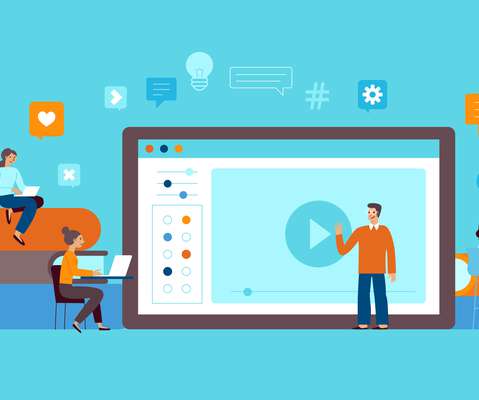
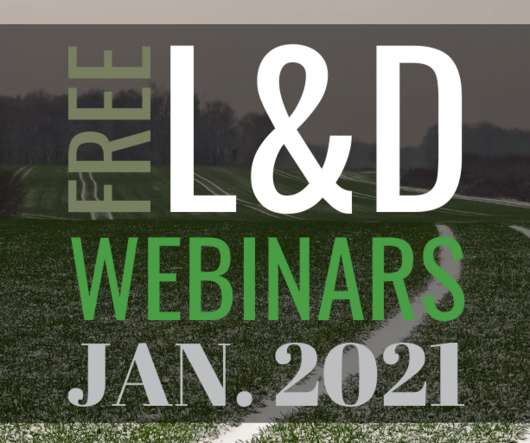
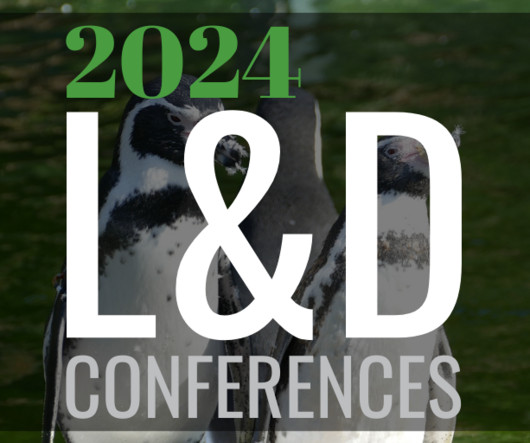






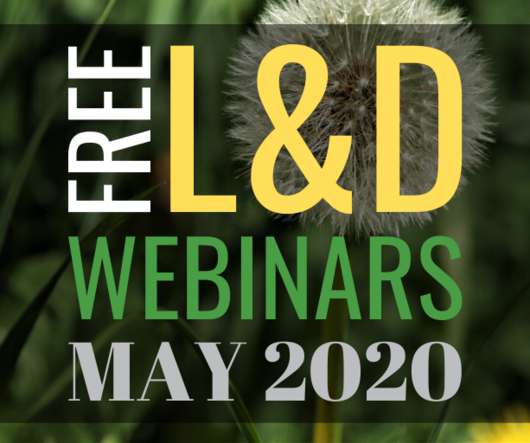

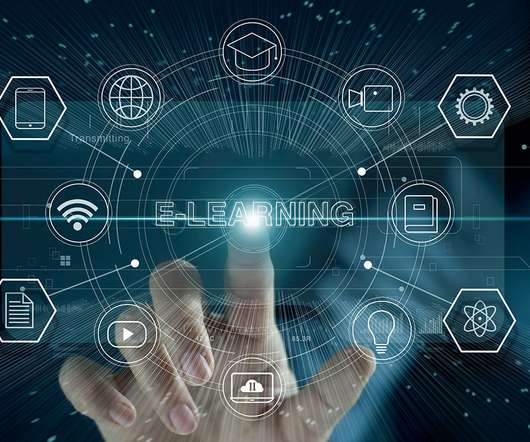



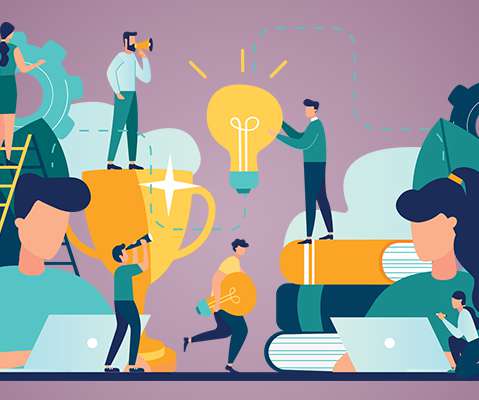



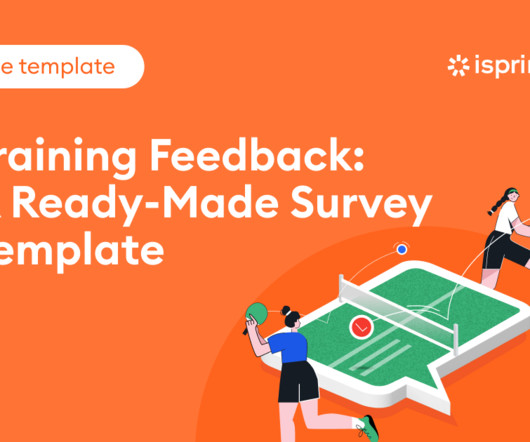










Let's personalize your content